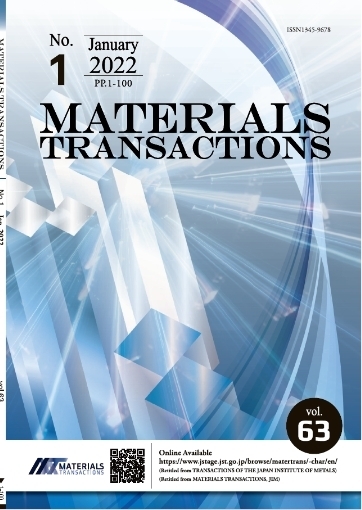Magnetoresistance (defined in the study as Δρ(T,H)⁄ρ(T,0)=(ρ(T,H)−ρ(T,0))⁄ρ(T,0), where ρ(T,H) and ρ(T,0) denote the resistivity at a temperature with and without a magnetic field, respectively) of single crystal and polycrystalline La0.7Ca0.3MnO3, polycrystalline La0.7Sr0.3MnO3 and (La0.75Y0.25)0.7Sr0.3MnO3 has been studied in order to know the influence of grain boundary on magnetoresistance. As a result, the following characteristics are found: (i) Magnetoresistance of polycrystalline La0.7Ca0.3MnO3 and (La0.75Y0.25)0.7Sr0.3MnO3, whose grain sizes are about 10 μm, drastically decreases at a low magnetic field about 200 kA/m (for example, about 20% decrease at 4.2 K), and gradually decreases with increasing magnetic field up to 5.6 MA/m used in the present study, being different in case of single crystal La0.7Ca0.3MnO3. This behaviour of magnetoresistance of the present polycrystalline specimens is quite similar to that of the polycrystalline La2⁄3Sr1⁄3MnO3 previously reported and cannot be explained quantitatively by the model proposed by Raychaudhuri et al., which is derived based on the tunneling conduction mechanism through the grain boundary. (ii) Magnetoresistance of La0.7Sr0.3MnO3 extremely depends on the grain size and its absolute value, |Δρ(T,H)⁄ρ(T,0)|, decreases with increasing the grain size (12 μm, 300 μm, 1200 μm) at 4.2 K in the range of magnetic field up to 5.6 MA/m. A characteristic feature is that there is a similar transformation of magnetoresistance for specimens with different grain sizes. (iii) Time-dependent nature of resistance exists for the present polycrystalline specimens, but not for the single crystal specimen, suggesting that the magnetism around the grain boundary should be a spin-glass like state.










